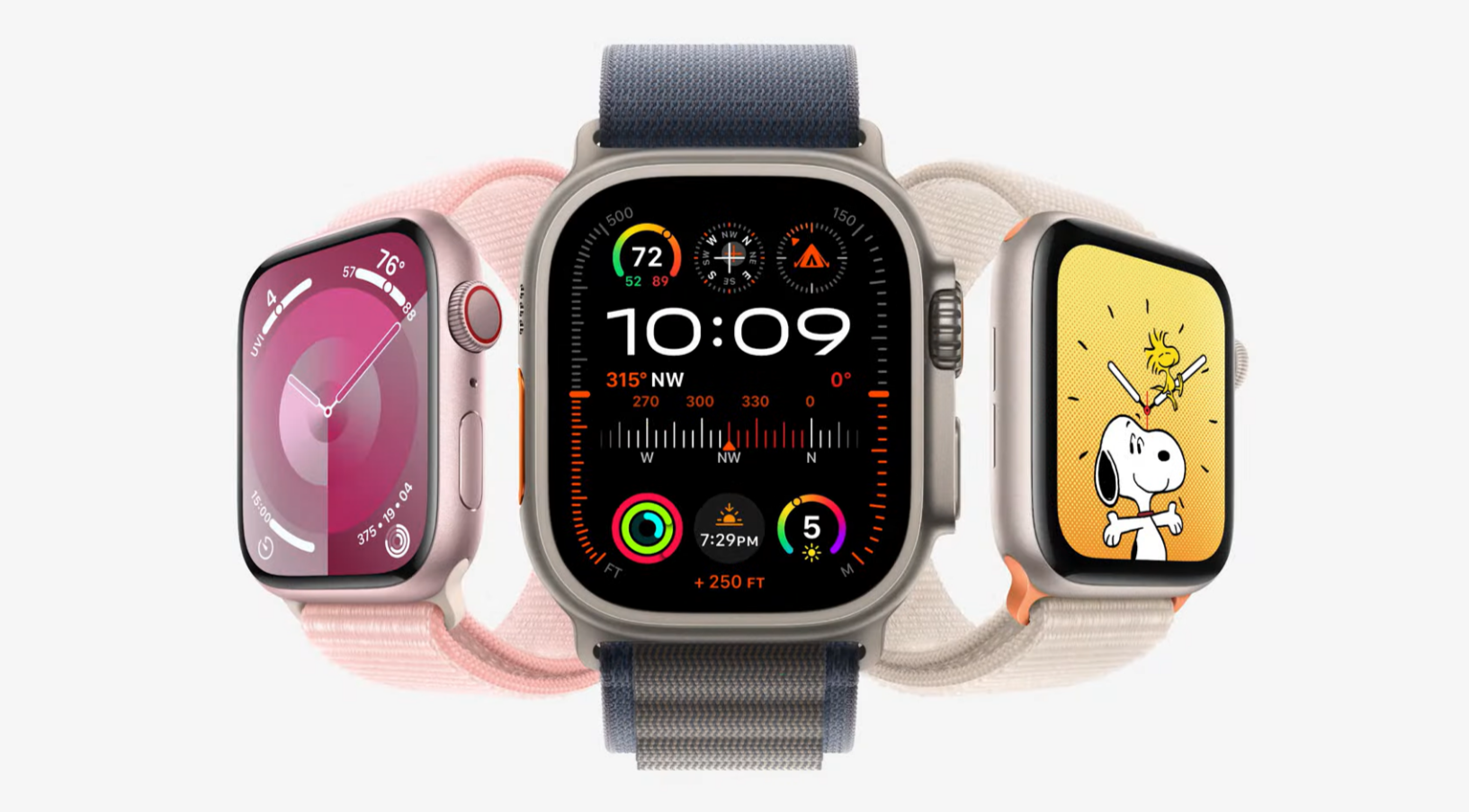watchOS 10 has arrived! Here are 3 features you'll want to try straight away

watchOS 10 has officially launched and is rolling out to all of the best Apple Watches, including the new Apple Watch 9 and Apple Watch Ultra 2.
Designed as a marriage of hardware and software, watchOS 10 has enhanced the Apple Watch experience in quite a few key areas. It’s a big overhaul, and several of these features aren’t found on any other operating systems, such as Google’s Wear OS or Samsung’s One UI Watch 5.
There are loads of new and revamped features we won’t mention here – such as the new Double-Tap feature, which is only available on the brand new Apple Watch 9 – but these are our picks of the feats watchOS 10 can pull off on any compatible Apple Watch (read: Series 5 and above) that'll leave Android and Wear OS users looking on with envy.
1. The vertical widget stack

On the best Wear OS watches, widget tiles are typically accessed by swiping left and right, each one taking up the entire screen. Apple has changed the game here, stacking widgets on top of each other like a stack of cards in a minimized view. This allows you to scroll through the stack and select what you want. You can view two cards per screen and expand them with a tap, allowing you to navigate your watch more easily.
It’s simple, elegant, and user-friendly. In many cases, you only need to click through to the widget for something specific, such as a more detailed weather forecast, as Apple shows a brief preview animation on each widget card. The best Garmin watches also have a widget stack as standard, but Garmin uses a stripped-back aesthetic that’s a far cry from the attractive animations and clean design used on the Apple Watch.
2. New hiking Waypoint features

There are plenty of great non-Apple Watches designed to be the perfect watch for outdoor excursions. Given the choice, I’d probably still pick a Garmin Epix Pro or a Coros Apex 2 Pro over an Apple Watch Ultra simply because they’re tailor-made for rough terrain, last for weeks, and are incredibly durable.
However, a pair of features in the new Apple Watch OS caught my eye, as they are really only possible due to the watch’s relationship with your iPhone. In the Compass complication, the watch can automatically create two new kinds of waypoint: a Last Cellular Connection Waypoint and a Last Emergency Call Waypoint.
Sign up for breaking news, reviews, opinion, top tech deals, and more.
Last Cellular Connection Waypoints allow you to see where your phone last received signal, which is very handy if you’re in the wilderness and need to retrace your steps to access the internet. A Last Emergency Call Waypoint operates much the same way, but for phone signal: if you need to make an emergency call, this waypoint will mark the last known location where you were able to do so.
3. Time in daylight

Plenty of Wear OS watches have ambient light sensors, and Wear OS itself supports features like the UV Index, which tells you the strength of the solar radiation in any given area. However, watchOS 10 takes things a step further and tracks time spent in daylight, primarily to prevent vision issues such as myopia.
If you have children and they’re wearing an Apple Watch, parents can receive notifications via Family Sharing if the children haven’t been outside enough, potentially putting their vision at risk. However, it’s also useful for adults, as you can use direct daytime stats to measure whether time spent outdoors correlates with a mood or energy boost and set up alerts to ensure you spend adequate time outdoors.
It’s another metric, but a good one. Sun exposure (although not too much, obviously) is associated with increased vitamin D stores, improved mood, a better immune system, and even pain relief, according to research.
You might also like

Matt is TechRadar's expert on all things fitness, wellness and wearable tech.
A former staffer at Men's Health, he holds a Master's Degree in journalism from Cardiff and has written for brands like Runner's World, Women's Health, Men's Fitness, LiveScience and Fit&Well on everything fitness tech, exercise, nutrition and mental wellbeing.
Matt's a keen runner, ex-kickboxer, not averse to the odd yoga flow, and insists everyone should stretch every morning. When he’s not training or writing about health and fitness, he can be found reading doorstop-thick fantasy books with lots of fictional maps in them.